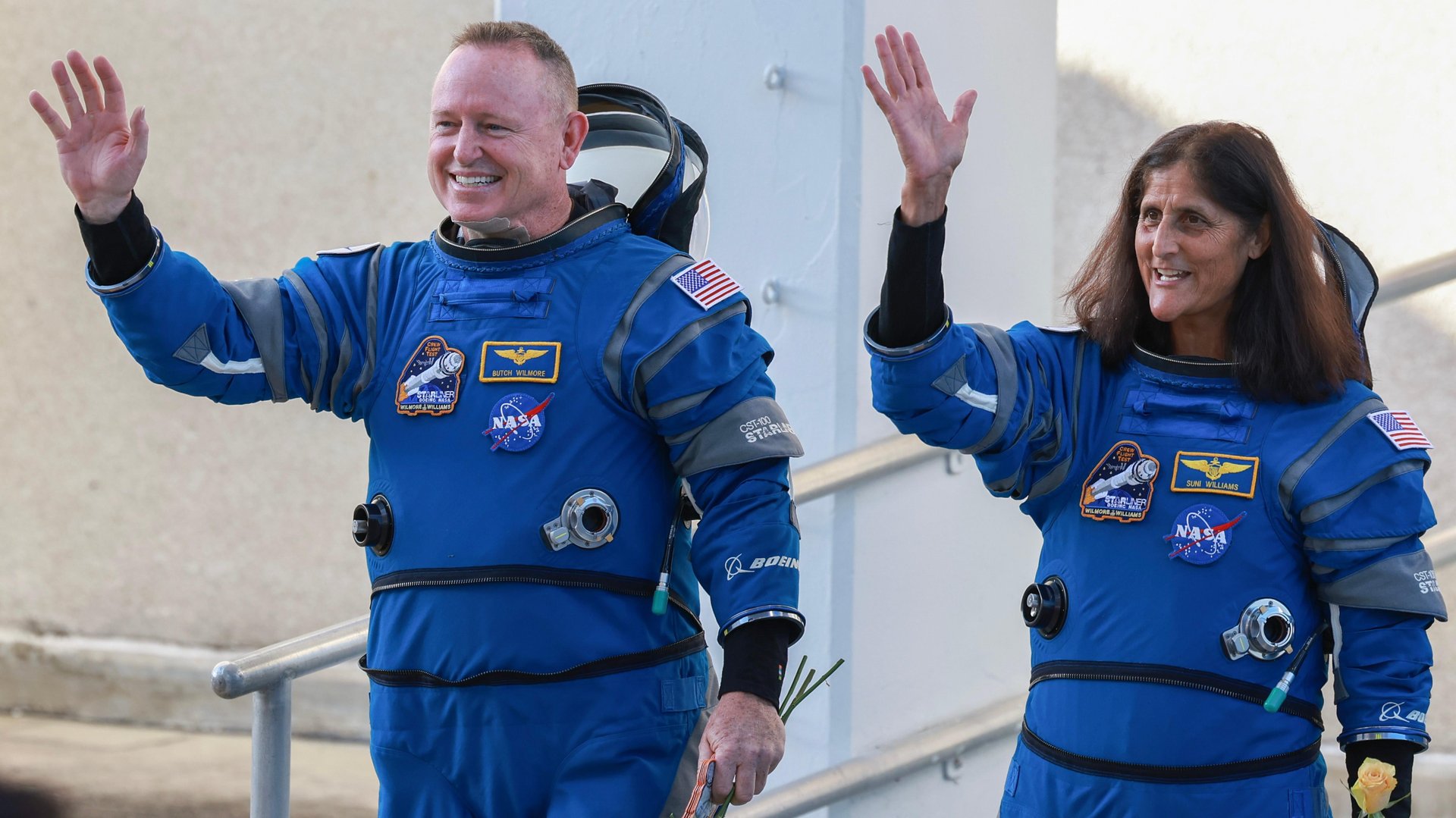The Boeing Starliner is a little bit closer to coming home
Testing on the craft's thrusters has helped bring a return trip into view

The crew of the Boeing CST-100 Starliner just got a hint of good news about coming home. Earthbound testing of the spacecraft’s thrusters, which have kept it stuck in space since early June, was recently completed. Boeing and NASA had been waiting until those tests were done to begin planning for the vessel’s return trip.
Suggested Reading
“Ground testing of a Starliner Reaction Control System (RCS) thruster at White Sands Test Facility in New Mexico is complete, and teams are now turning their attention to data reviews,” an update late last week said. “The test objective was to observe thruster degradation so teams could get a better understanding of why some thrusters were deselected in-flight and what, if any impacts, returning those thrusters to service could have on the remainder of the Crew Flight Test.”
Related Content
By “de-selected,” the officials mean that some of them stopped working. Tanks holding the helium that controls the thrusters were leaking before and during the Starliner launch, leading to multiple delays. At a press conference last month, officials said the ship has 70 hours’ worth of helium onboard even though it only needs seven. Though they said earlier this month that the craft could come home right now if needed, they also said they’re not quite ready for it to do so.
At the last update, NASA and Boeing said a return flight could take place at the end of this month. Now, the window is a bit more vague: “Boeing and NASA engineers will proceed with thruster disassembly and inspections, and move forward with finalizing flight rationale in support of readiness reviews for Starliner’s nominal return to Earth with commander Butch Wilmore and pilot Suni Williams in the coming weeks.”